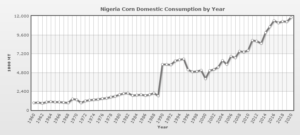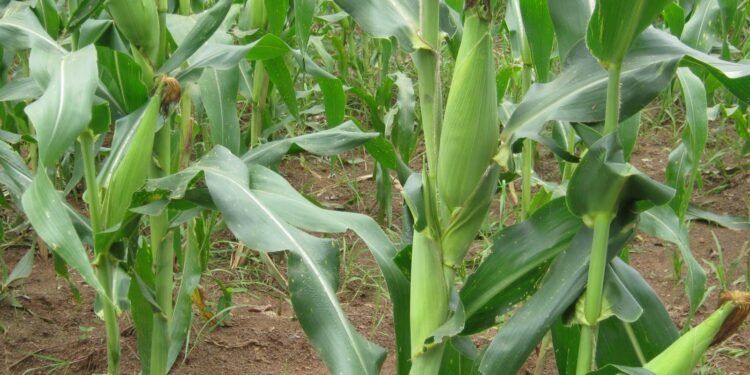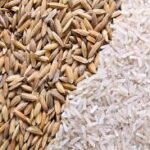The Federal Government recently announced, through the Central Bank of Nigeria, that it will release 300,000 metric tons of maize seeds in February 2021. This will be done via the Anchor Borrowers Programme that assists farmers with loans.
In a bid to address the price hike on maize, the FG within Q4 of 2020, gave import waivers to four firms to augment local production. These measures arose as a result of the challenge that escalated the price of maize to between N150,000/MT and N155,000/MT. Some of these challenges included the menace of middlemen, banditry, kidnapping, farmers-herders clashes, insecurity, hoarders, and cashflow problems where growers collect money upfront from buyers but end up selling to smugglers across neighbour borders.
The major impact of these measures is to reduce the price as demand is expected to rise thereby increasing farmers’ profits through bulk sales and increased turnover rates. Stakeholders claim that within the first year of implementing this, the price of maize is expected to crash to around N120,000/MT according to the National President of the Maize Association of Nigeria, Bello Abubakar. This is expected to continue till we reposition among the leading exporters of the commodity.

Nigeria is the 12th largest producer of maize in the world and the first in Africa (IITA 2020). Domestically, consumption is relatively high as Nigeria consumed 11,800MT of maize in 2020 (Index Mundi) while per capita consumption stood at 25kg per annum in 2007 (FAO 2013).
Pundits and analysts are already raising questions as to whether the initiative by the CBN to release 300,000MT would really have an impact on domestic consumption, let alone exportation. Amidst these questions, there needs to be addressed, the fundamental issue of calculation. On face value, 300,000MT cannot assuage or satisfy the demands of 11,800MT needed domestically.
To cultivate one acre of maize, about 10kg of seeds is needed. This translates to about 25kg per hectare (Ha). Standard yield stood at 1.69MT/Ha in 2019 (IITA 2020) but with IITA’s Outgrowers Programme, growers were able to achieve 6MT/Ha. This is largely because of improved seeds and controlled conditions and as such a removed option here. We will stick with the standard yield for the purpose of this discourse.
If 25kg is needed to plant one hectare, then to use 300,000MT of seeds will go for 10,886,210 hectares of land. If output is 1.69MT/Ha, then the total yield would be 18.3m metric tons. if we deduct 20% possible poor or bad yield, we will have 14.7m metric tons. With the above, we have exceeded the domestic need for the year. The excess can be exported.
It remains to be known if the CBN has this capacity of grains in the National Strategic Grain Reserve or whether they meant 30,000MT. Whichever way, consumers would be better off as maize is a staple food in Nigeria.
Bear in mind also that this covers only the Anchor Borrowers Programme and not total maize output in the country. Some are growing individually, some via partnerships with off-takers or firms, some under the AGSMEIS Loan programme by CBN, and yet others are largely uncaptured within these frameworks. It is important to note that domestic consumption cuts across the entire consumption gamut of the economy while the FG’s aid is for a particular programme.
The message here is that when and if released transparently; and if utilized un-politically, we will have enough to consume domestically and also be able to export. In 2020, Nigeria exported just 100,000MT (Index Mundi) and we can improve on that. The greatest challenge at this moment is not middlemen as the CBN also promised providing off-takers. The main challenge is insecurity, banditry, kidnapping and herdsmen menaces in our farms.
Azuka Edokobi is a Writer , a Farmer, a Supply Chain Expert and an Entrepreneur
























































